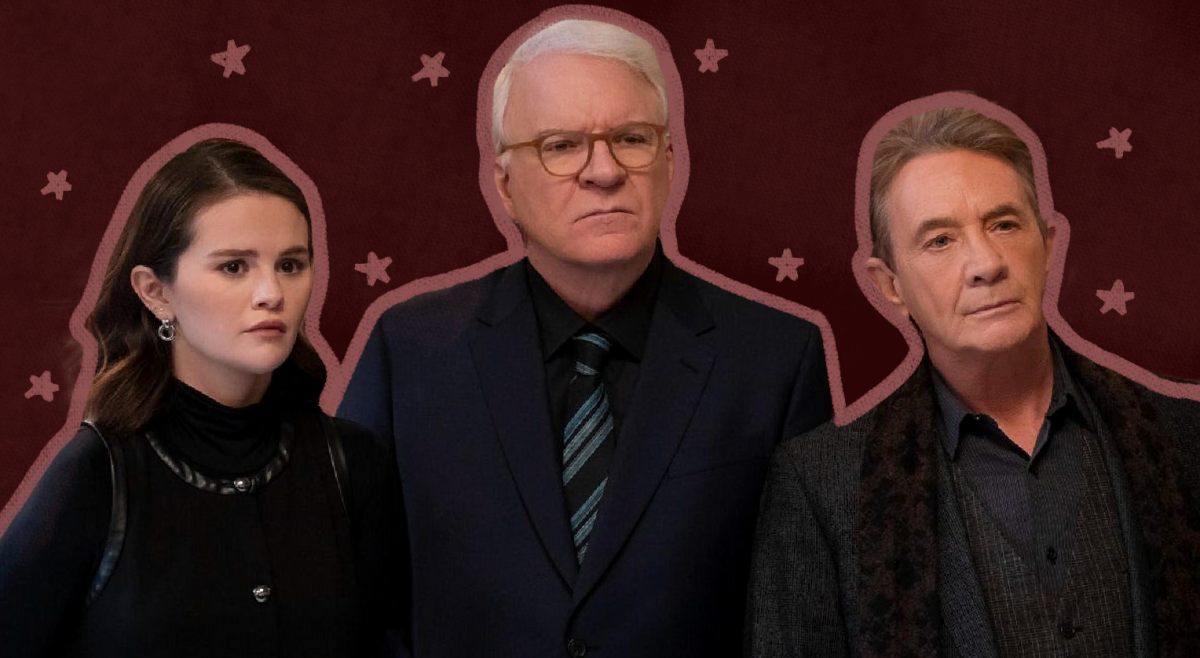It was a good sign when I walked into the Bonn Theatre on Friday night and “Galway Girl” was playing. On the small stage was the interior of an Irish cottage, filled with trinkets and fixings-it reminded me of my own Irish grandfather’s farmhouse, down to the picture of Jesus above the hearth. The scene was idyllic-it was the place you think of when you hear mention of Ireland, where families burn peat bog and knit wool sweaters and say their prayers together. The director of the play, Sarah Kelley, A&S ’14, went to great lengths to make the play as historically accurate as possible, bringing in a dramaturg, dialect coach, and even a smell designer to nail down the details of 1930s Ireland.
The family that inhabited the small Irish cottage in the Bonn Theatre this weekend, however, was far from the stereotypical clan we tend to picture on the green hills of Ireland. The Mundy sisters of Dancing at Lughnasaand their young child Michael reminded this young Irish American of the struggles of rural life in the 1930s, with poignant humor and great dancing.
Dancing at Lughnasais the tale of five Irish women living outside the fictional town of Ballybeg. The sisters-Kate, Maggie, Agnes, Rose, and Chris-have a collectively sharp wit and even sharper tongues, but rely on each other for support. The year is 1936 and the feast of Lughnasa-the summer harvest feast of a pagan god, has just begun. The women’s uncle, Fr. Jack (Ted Kearnan, A&S ’17), has just returned home with malaria after working for the British army with a tribe in Africa for the last 30 years. It quickly becomes apparent that Fr. Jack has gotten a little too comfortable with the African rituals for a Catholic priest, which makes him a pariah in the village. This event coincides with the family getting its first radio, which it calls Marconi, though it hardly works half the time.
While none of the women are married, Chris Mundy (Sarah Mass, A&S ’15) has a son named Michael, who serves as the narrator for the story. Michael’s father, a drifter and a Welshman named Gerry Evans (Joseph Manning, A&S ’14) also reappears for the first time in over a year during this Lughnasa season, and he adds to the chaotic change that the family undergoes. In Gerry, Manning creates a smooth and charming drifter, and it’s no surprise that Chris can’t resist him despite his flaws. Michael, played by Billy McEntee, A&S ’14, is an old man by the time he tells the audience his story, but he is a young lad of 7 in the summer of 1936. Billy, who has made quite a career out of playing older characters in his time at Boston College (Lysistratais one example), played both the man and child and transitioned quite gracefully between the two.
Michael’s memories catch the family just as Lughnasa is beginning, and each sister’s personality is revealed in turn. Rose (Aryn Mello Pryor, ’16), the youngest of the group, seems always to have her mind on other things and is constantly daydreaming and disappearing when it comes time to do chores. Pryor embraced her free and fiery spirit, transforming completely when Rose snapped at her older sisters for telling her not to spend time with a boy.
Agnes (Cassie Charpados, A&S ’17), was a gentle soul who provided for the family by knitting gloves, though she clearly dreamt of getting away. Chris’ true nature was revealed when her love Gerry showed up, and she went from being dreary and somber to a giggling, carefree woman in his arms. Kate, the matriarch of the group and a stern schoolteacher, had an air of authority before she even entered the set-each of her sisters was terrified of crossing her. When Kearnan entered the stage she had all of the command of a staunch Irish Catholic woman, but she softened toward her sisters with a little persuasion.
The best performance of the night was undoubtedly that given by Maggie Maguire, LGSOE ’15, as the hilarious, spit-fire Maggie Mundy. Maggie was always the first to break the tension with a well-timed joke, such as responding to “What’s going on?” with, “We’re burning the most exciting turf we’ve ever burned!” Together, the women of the group had great chemistry, with fast-paced conversation that kept the play moving and a sisterly bond that swayed between love and annoyance, piety and irreverence-even as modernization, war, and disease start to create cracks in their quiet world.
As the title suggests, one of the highlights of the play was the dancing. The sisters, spurred on by their faulty wireless radio set Marconi, would often burst into dance in their kitchen. One of the best scenes was when Marconi started to play an Irish step dance for the first time. Maggie’s foot began to pound with the music, and slowly the rest of her body joined in. She gathered her sisters as the sound began to spread into the atmosphere and hundreds of invisible feet started to pound around the theatre. And suddenly, the sisters were one with the music, spinning and stepping and twirling through each other’s arms without a care in the world. This scene epitomized the spirit of Dancing at Lughnasa, a play that brought the intimate charms of Ireland to its audience with a delicacy and warmth befitting an Irish cottage.
²






